Power Plants
In the search for power plants' energy sources, we have several options, including coal, oil, uranium, and garbage (biomass), all represented in the Power Grid game:
- coal and oil: fossil fuels, used in thermoelectric plants;
- uranium: used in nuclear plants;
- biomass (garbage and other organic materials): can be used in thermoelectric plants and also in specific biomass plants.
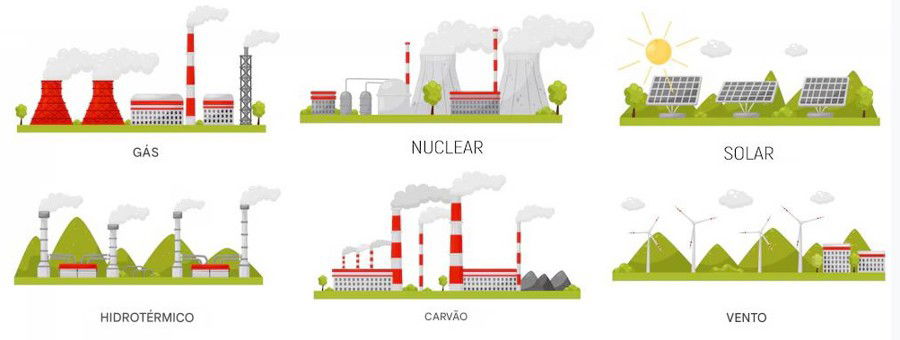
The idea behind alternative energy sources is that they represent energy options with a lower environmental impact. It's an eternal search for abundant and renewable energy sources, including solar energy, wind energy, biofuels, ocean energy, and geothermal energy.
Interestingly, the Gundremmingen Nuclear Power Plant was a nuclear power plant in Germany, specifically in Bavaria. It was shut down in December 2021 and is featured in the game.
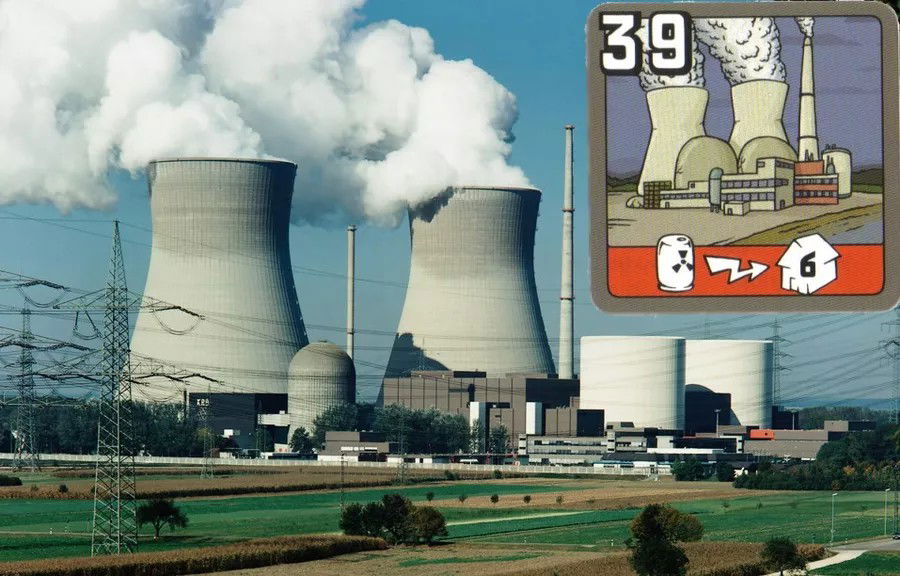
With all that info, let's get to Power Grid!
Power Grid - Game Info
Power Grid is a 2-to-6 players game, age 12+, by designer Friedemann Friese. Art by Antonio Dessi, Lars-Arne and Harald Lieske.
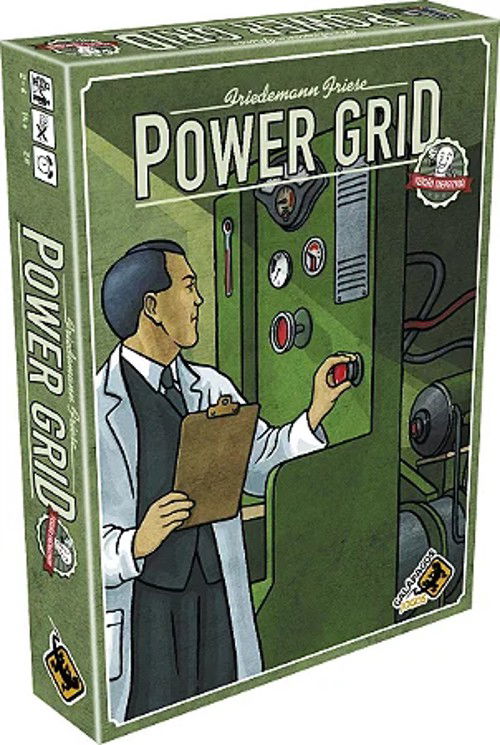
Power Grid was released in 2004 by 2F-Spiele, and in Brazil in 2016, by Galápagos. The main mechanics are: network and route construction, auctions, commodity speculation, and statistics-based turn order.
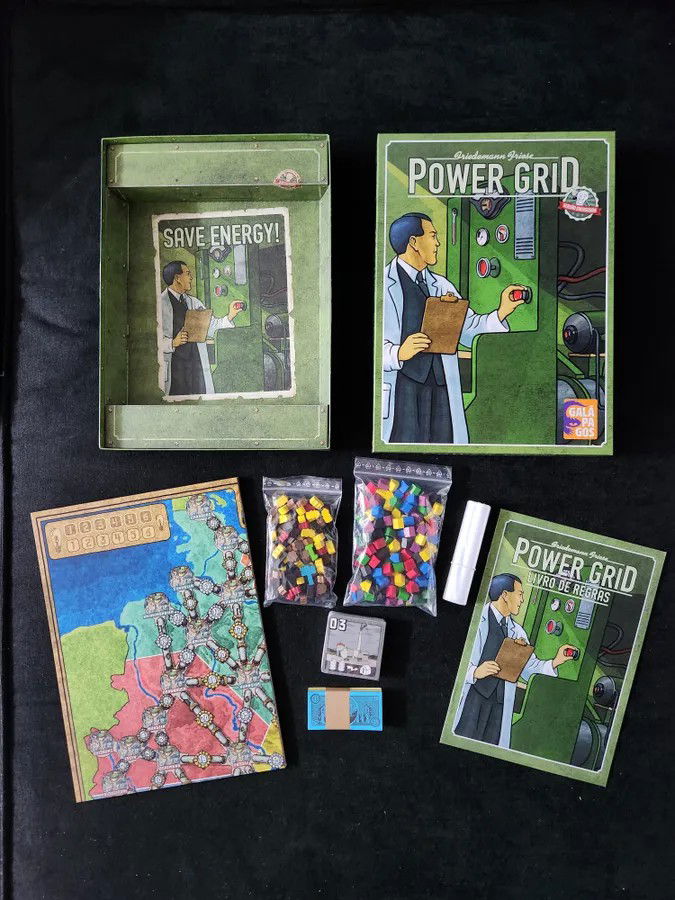
We're talking about an award-winning game, a classic. Just take a look at the awards Power Grid has won:
- in 2004 it won the Meeples Choice Award;
- in 2007 it won Game of the Year from Gra Roku;
- in 2008 it won the Ludoteca Ideale Official Selection;
- the Gouden Ludo and Nederlandse Spellenprijs came in 2010 ;
- in 2025 it entered the Hall of Fame of the renowned BoardGameGeek.
Let's take a look at this great game!
The Game
As power plant managers, we need to take care of our electricity grid, build houses in cities, connecting them to our grid, and, of course, supply them with energy from power plants. This is the core of the game: the auction of power plants, which vary in how they operate and how much energy they produce. We also need to acquire raw materials to keep them running.
The competition is fierce: for spaces on the map, for power plants, and for raw materials. Who will be the best manager?
The setup for Power Grid follows these steps:
- Place the game board in the center of the table;
- Give each player the payment summary card, their respective colored wooden houses, and 50 Elektro (the game's currency);
- Place one of your houses on the scoring track (of connected cities) and another in the turn order;
- Supply the resource market with coal, oil, garbage, and uranium (the rulebook details the quantity and where to place them);
- Place the 8 starting power plant cards in the auction area and prepare the remaining deck of power plant cards according to the number of players (again, check the rulebook for the details).
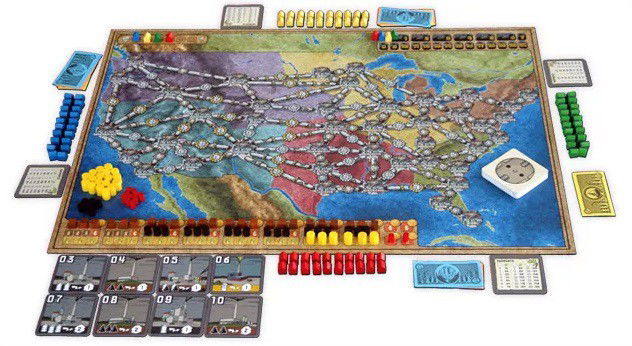
A turn of Power Grid has a sequence of 5 Phases, which follow a logical and simple order:
- Phase 1: determine player order;
- Phase 2: auction power plants;
- Phase 3: buy resources;
- Phase 4: build houses;
- Phase 5: bureaucracy.
Phase 1, determine player order, is crucial to the other Phases of the game, as some Phases are played in order from first to last player, others in reverse order, and this greatly impacts the outcome of the game.
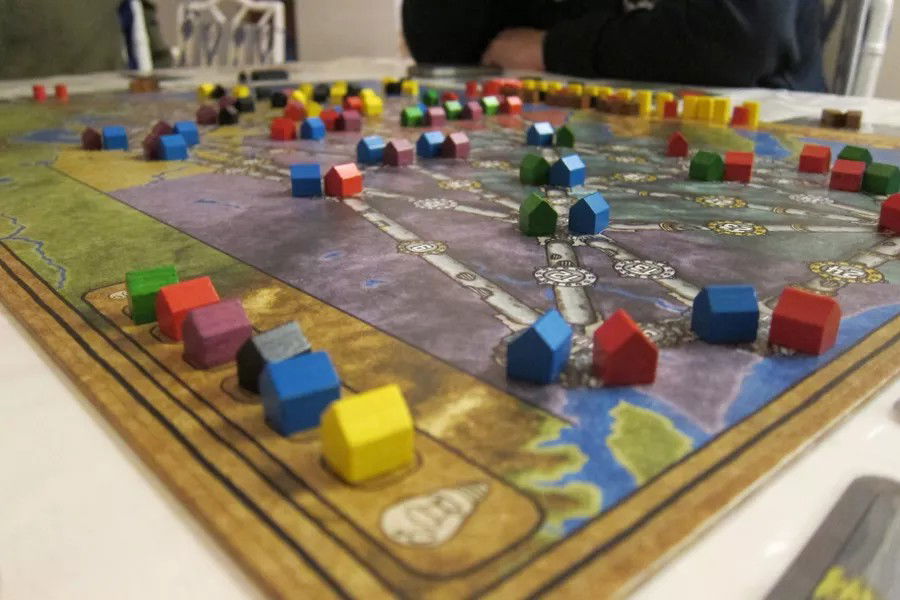
At the beginning of the game, in the first round, the first player is randomly determined and then follows a clockwise order. After the first power plant purchase, the player with the highest-value power plant will be the first player, and now it will be in descending order. Later, as the game progresses, the player with the largest power grid of connected cities will be the first player. Again, this has a huge impact on the game, so be attentive to it.
In Phase 2, it's time to auction power plants, and that's when the game really gets going. This phase is played in order from the first player onward, and this makes a difference, as they will be the first to access to the best and most productive power plants. In the first turn of the game, everyone is required to buy a power plant; after that, it's optional. Although, as you'll see, it's important to buy them, because as the game progresses, new, better, and more productive power plants appear.
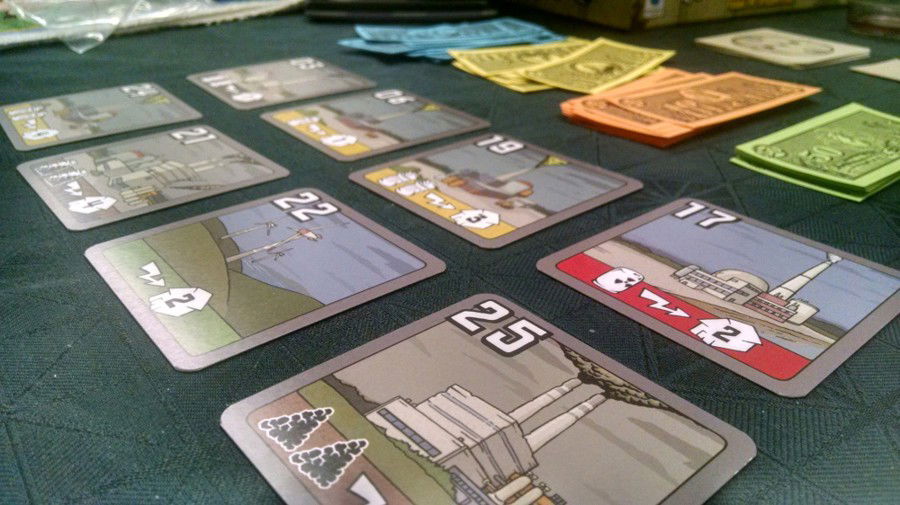
On your turn, you must decide whether to bid or pass. Any interested players continue bidding until the others give up, and the highest bidder wins the plant. It's worth noting that each player can only control three plants. When you acquire the fourth plant in an auction, you must discard a previous one.
With plants under your control, you must buy resources to keep them operational; this is Phase 3. This Phase is played in reverse order; that is, the player with the largest power grid will be the last to play, consequently paying the most for the resources. So, keep in mind that expanding your power grid quickly has advantages and disadvantages.
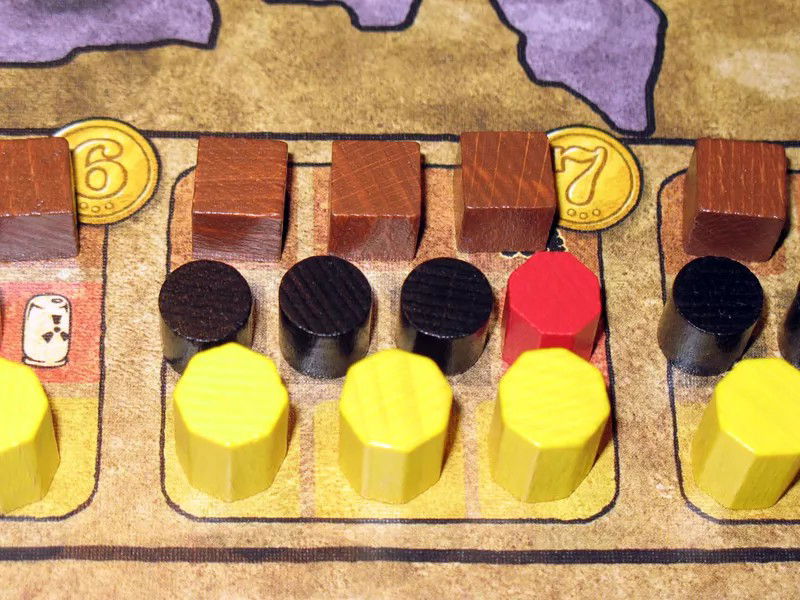
After buying the resources for your power plants, you must increase the number of cities in your power grid. This is Phase 4, which involves building more houses and connecting them to your grid. This phase is also played in reverse order, meaning that players with a smaller grid can choose the best locations for their expansion, and again, the first player will be the last, which means paying more for the expansions.
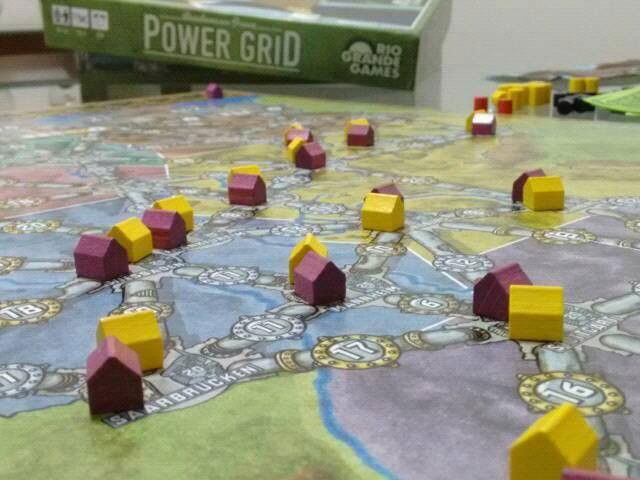
Lastly, in Phase 5, bureaucracy, it's time to receive cash for providing energy in your network of cities connected to your homes, thus spending resources on power plants and supplying your network, either fully or partially. As a result, the number of homes you manage to supply will determine the amount of money you will receive.
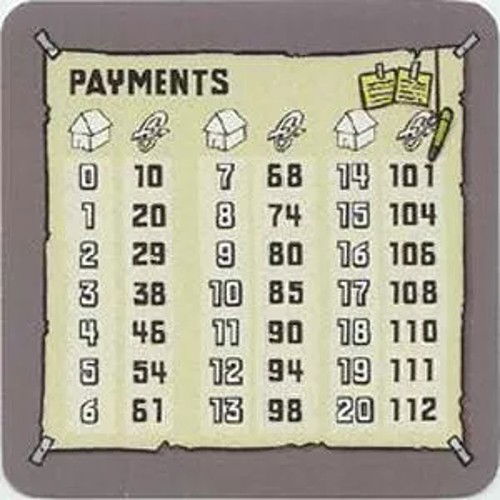
This phase is played in ascending order, from player 1 to player 2 and onward. When you have the largest power grid, if you can power all your cities, you'll earn the most money. Finally, being the first player makes a difference!
After that, it's time to resupply the resource market, depending on the number of players and the stage of the game you're in. There are 3 stages, which change depending on the number of cities connected to the players' networks.
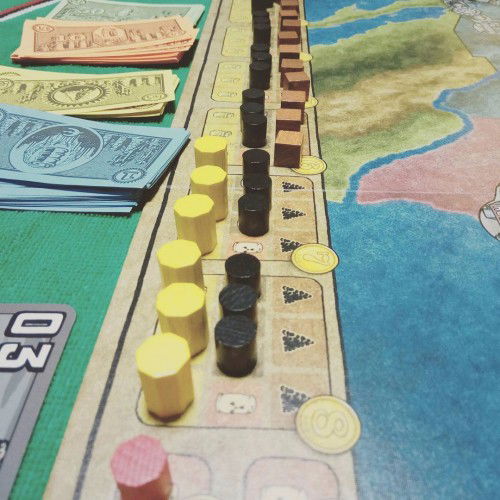
This is a turn in Power Grid!
Ending the Game
A Power Grid game ends immediately after Phase 4 when at least one player has connected a certain number of cities to their network - it varies depending on the number of players. For example, in a 3- or 4-player game, it ends when one player has their 17th city connected to their network. At this point, no player can buy any more resources or power plants.
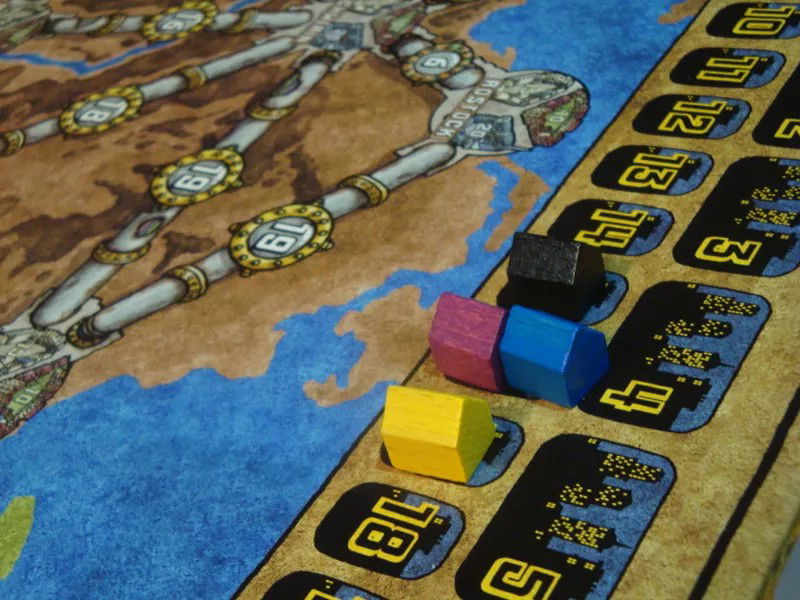
The winner will be the player who can supply the most cities in their network with their available power plants and resources. If there's a tie, the player with the most money wins. If the tie persists, the player with the most cities in their network wins.
An important detail is that it's quite common for a player other than the one with 17 or more cities to win the game, as they may not be able to supply all their houses in their cities, either because their power plants aren't large enough or because they don't have enough resources to supply the power plants they own. This show how important it is to balance out your power plants, resources, and networks!
Strategy Tips
Power Grid is about resource management, first and foremost. In each phase of the turn, you'll see the need to plan for the future.
In Phase 1, which determines players order, it's possible to somewhat control this by eyeing the number of cities you'll expand - the more you expand your network, the greater your chance of being the first player. Deciding to be the first player or not says a lot about your strategy, as being the first has advantages and disadvantages, namely:
- advantages: choosing the power plants first and, possibly, by having more cities connected, receiving more money;
- disadvantages: you'll always be the last to buy resources and build, meaning you'll almost always pay more.
My personal playstyle in Power Grid is to be quite aggressive. I like to expand my network from the beginning of the game. Consequently, I pay more for it, but I try to manage everything to the limit, that is, connecting as many cities with available resources in my power plants as possible, thus making more money. It's a bold strategy, I admit, but it's much more exciting.
This gives me an advantage in Phase 2, auctioning power plants, because I can choose to bid for specific plants, allowing me to speculate and bluff. I can bid for the best plants and pay high for them, or I can bluff, bid high, and hope someone outbids me, thus losing money. Competition is fierce in Power Grid; after all, it's an auction.
An important detail here: in stages 1 and 2 of the game, there are 8 available power plants, arranged in 2 rows of 4 plants each.
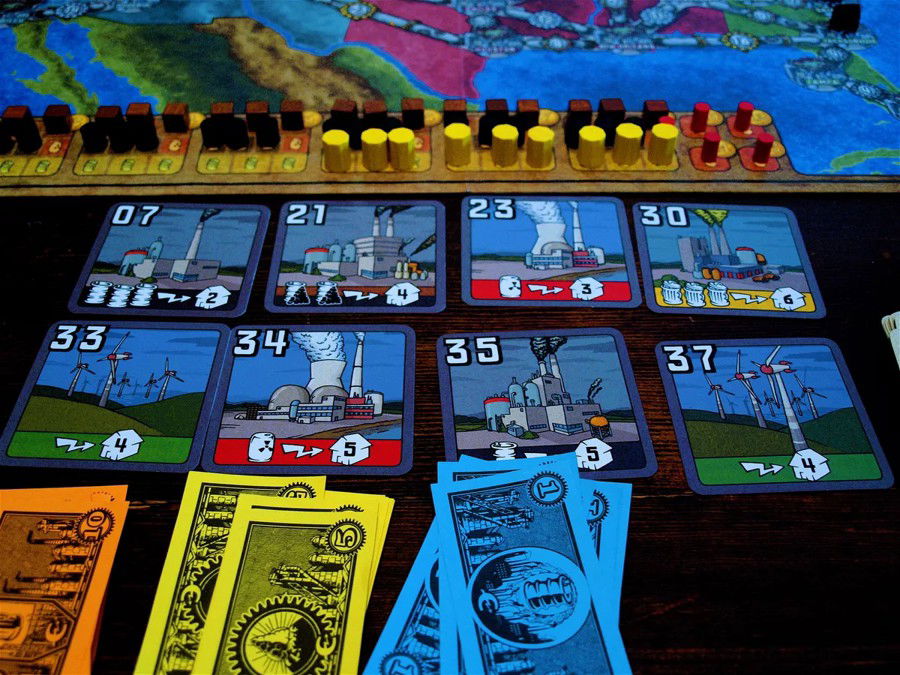
The top row represents the four power plants that can be auctioned, known as the Current Market. The four power plants in the bottom row are the Future Market power plants, meaning they are not available yet. However, this gives you an idea of what power plants are coming to the market. This is useful information when speculating in auctions.
The game has three stages, divided like this: stages 1 and 2 are based on the number of cities connected to a player's network. Stage 3 begins when the Stage 3 Card appears in the power plant deck.
In stage 1, only one house can be built in a city; in stage 2, two houses in the same city; and in stage 3, three house in the same city - at a higher price, of course.
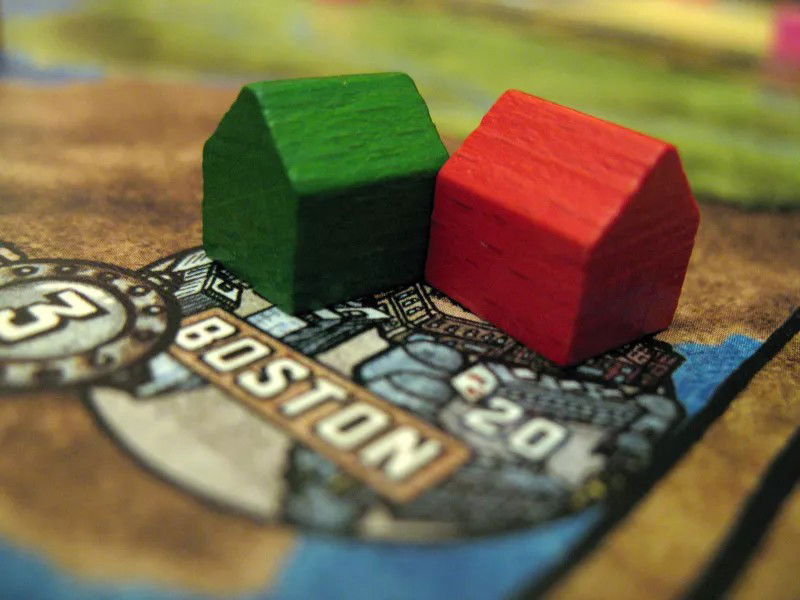
When you buy resources, in Phase 3, remeber that you can only buy resources used by your current plants, and furthermore, each plant can only store up to twice the resources that it consumes in a turn.
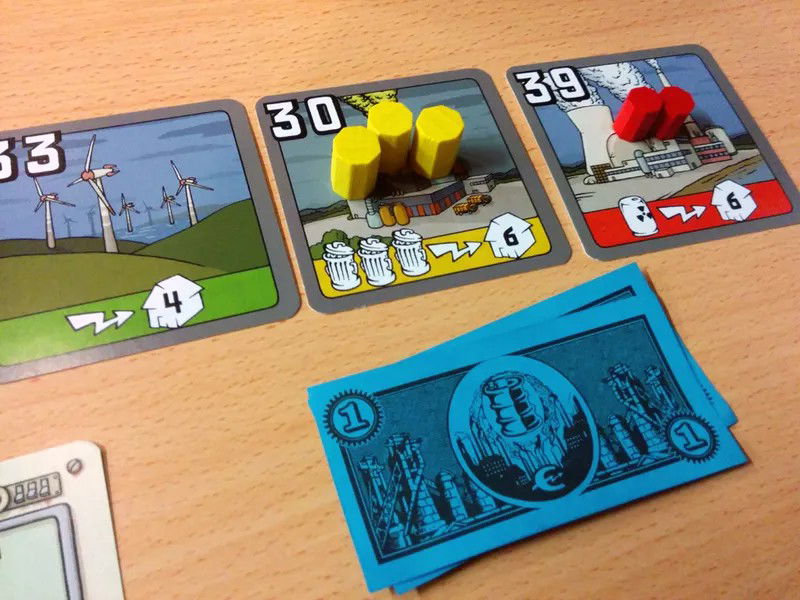
On Phase 4, building, you really control whether or not you want to be the 1st player - after all, whoever has the most cities connected with their houses in their network will be the first player, the 2nd with the most connected cities will be the 2nd player, and so on.
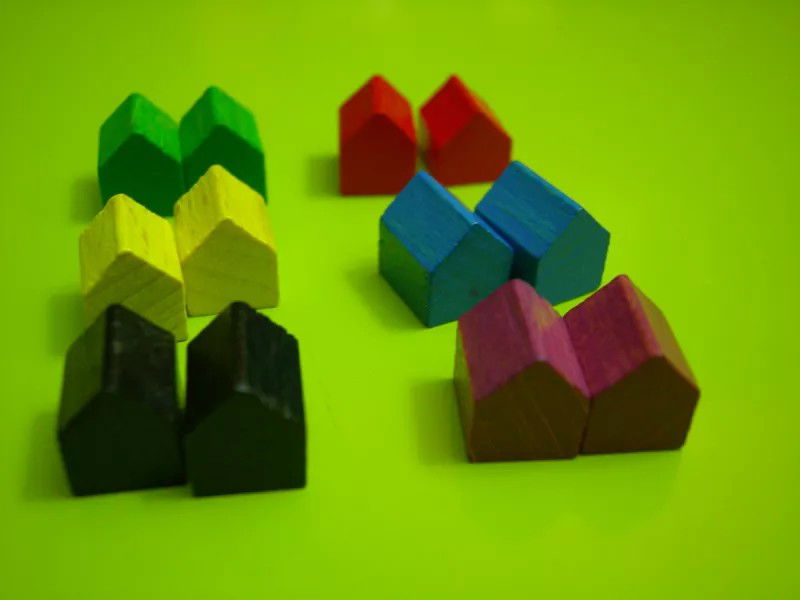
So, there is indeed some control over this. It's up to you, with your strategy, to manage this, the pros and cons of your decision.
Finally, Phase 5, bureaucracy, where you're paid based on the number of cities actually supplied by your plants. In other words, it's not enough to have the largest power grid of connected cities; you have to be able to send energy to them, and thus receive more money.
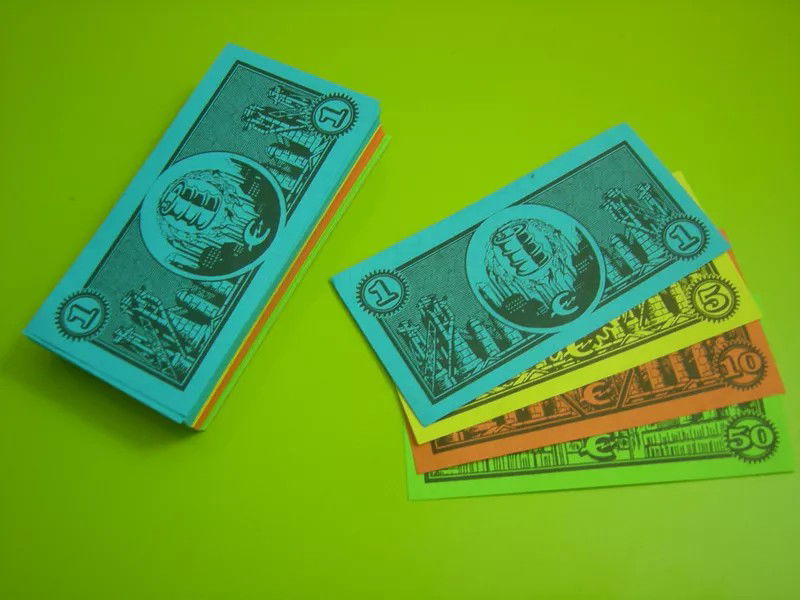
With more money, you'll have greater flexibility to bid in auctions and further expand your power grid.
Based on this, develop your best strategy, manage your plants, connected cities, and resources, to ensure your plants operate at full capacity, and win in Power Grid!
Unboxing, Rules, and Gameplay Videos
Unboxing
Rules
Gameplay
Pedagogical Tips
If you're looking for a game of pure management, with several challenges, and also a geography lesson, Power Grid is the game for you!
Power Grid is played on maps that mirror the countries you see on the board. The base game comes with maps of the USA and Germany, giving you an idea of the city layout in each country. It's a geography lesson, so be sure to enjoy it with your kids.
The game's expansions include several other maps, even Brazil. It's definitely worth it!
Furthermore, several crucial stimuli for children are provided during the game:
- logical and mathematical reasoning: calculations are made constantly (money, connected cities, power plants, and resources);
- management: everything must be accounted for; managing resources is the heart of the game;
- decision-making: whether or not to bid, whether or not to build, whether or not to buy resources.
Pedagogically, Power Grid encourages management, strategy, decision-making, logical and mathematical reasoning, and, on top of that, it's fun!
I recommend Power Grid for your collection!!!









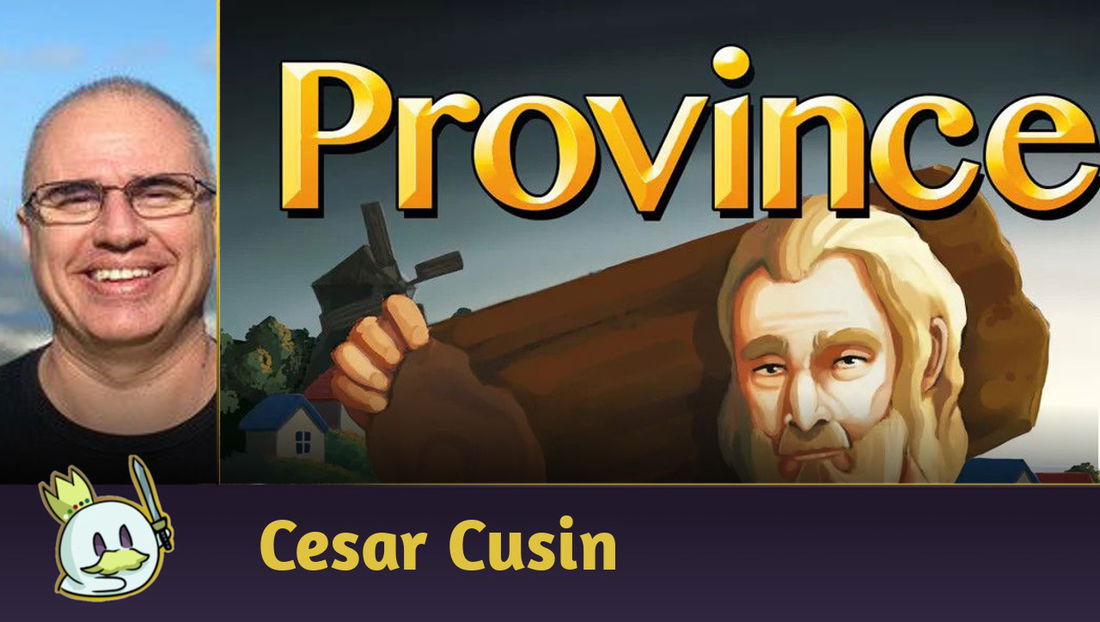


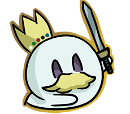
— Kommentare 0
, Reaktionen 1
Sei der erste der kommentiert